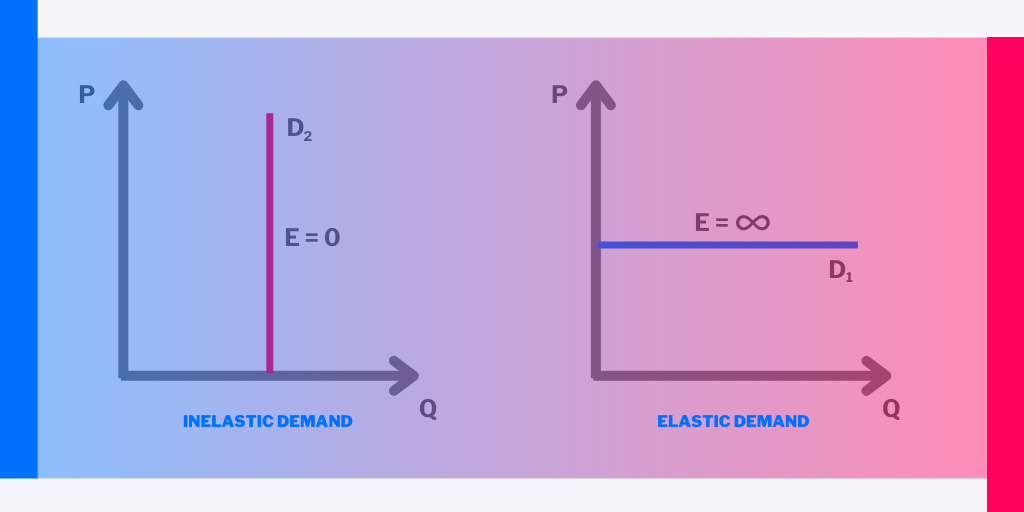
Elasticity of demand or how to sell more by changing your prices
09/01/2022 - Pricing strategy
Elasticity of demand is a key indicator for retailers as it allows them to analyse how demand responds to price changes. Demand will have higher or lower elasticity depending on how consumers react to these changes. Although we are inclined to think that price rises cause a fall in demand, this isn’t always true. You need to know the elasticity of your users to be able to adjust prices to benefit your e-commerce. This will help you predict the potential impact of changing your pricing strategy on your revenue. For example, you can raise prices for items aimed at a target market with higher purchasing power. Alternatively, you can reduce prices and attract a higher volume of bargain hunters, thereby increasing sales volume. The key to achieving this is information: knowing your audience and your market.
Types of elasticity of demand and how to calculate it
Elasticity of demand is calculated by dividing the percentage change in quantity by the percentage change in price. The results, expressed on a graph featuring the demand curve, show consumers’ reaction to price changes. Analysis reveals three predominant types of demand:
- Elastic demand: when any price change affects demand and causes a noticeable change in e-commerce sales. These users are very price-sensitive, so offering attractive promotions and discounts is the best strategy.
- Inelastic demand: when price changes do not cause changes in demand. This is especially true in markets where competition is scarce, with luxury goods, or prestigious, high-quality goods that are well-known to users.
- Unitary demand: when price increases cause the same proportion decrease in the quantity required. It isn’t easy to find this balance.

Respond to changes in demand with dynamic pricing
Elasticity of demand is not something static. It changes based on internal factors, i.e., the company itself, and external factors, i.e., the market in which it operates. Elasticity tends to increase in the long term as customers look for new options and compare prices, especially when it comes to substitute goods.
You can use dynamic pricing to adapt to elasticity of demand, anticipate competitors’ movements and optimise your sales. This pricing strategy looks for periodic changes in prices according to the situation at any given moment. This strategy will also help you adapt to changes in demand according to each region’s geographic area and demographic characteristics.
Faced with an extensive catalogue of products or services, the main challenge in implementing a dynamic pricing strategy is that it can involve a significant investment of human resources and time. As it is not an automated activity, there is also a consequent risk of errors. Today you can avoid this obstacle by using dynamic pricing tools based on big data, which are capable of processing millions of data. This software analyses your demand and activity, and your competitors, and recommends the best prices for each item at any given time.
Category: Pricing strategy
